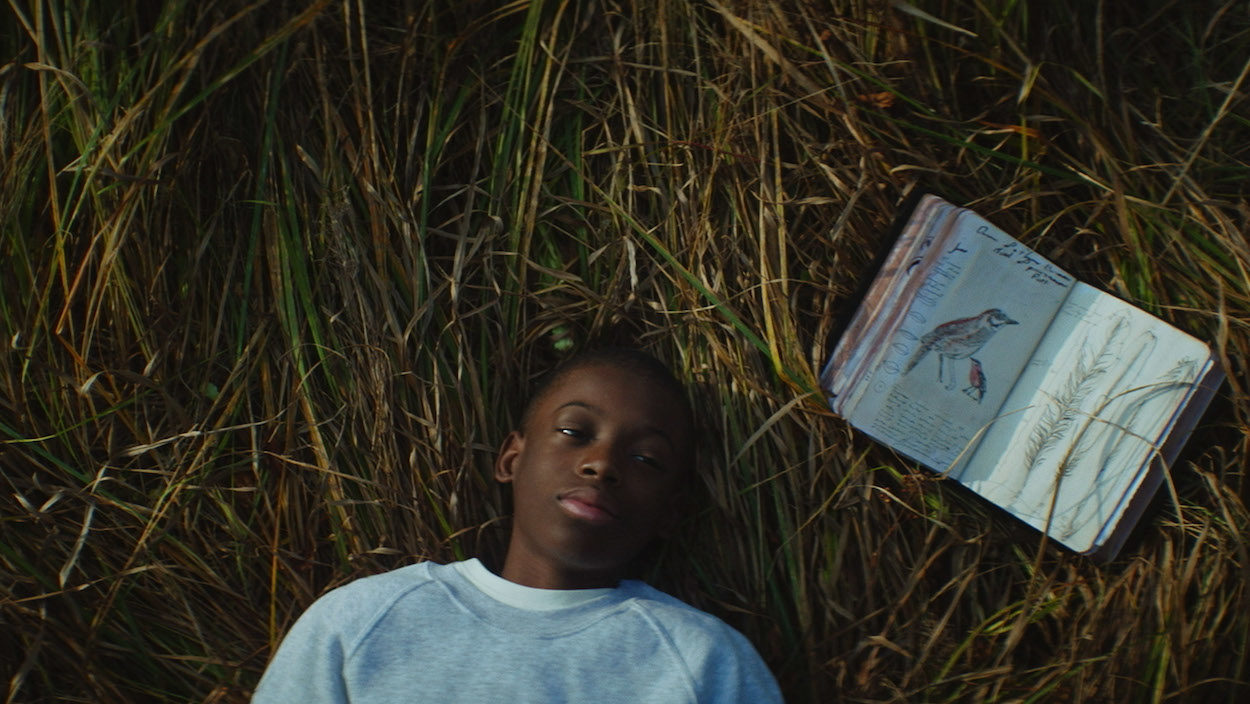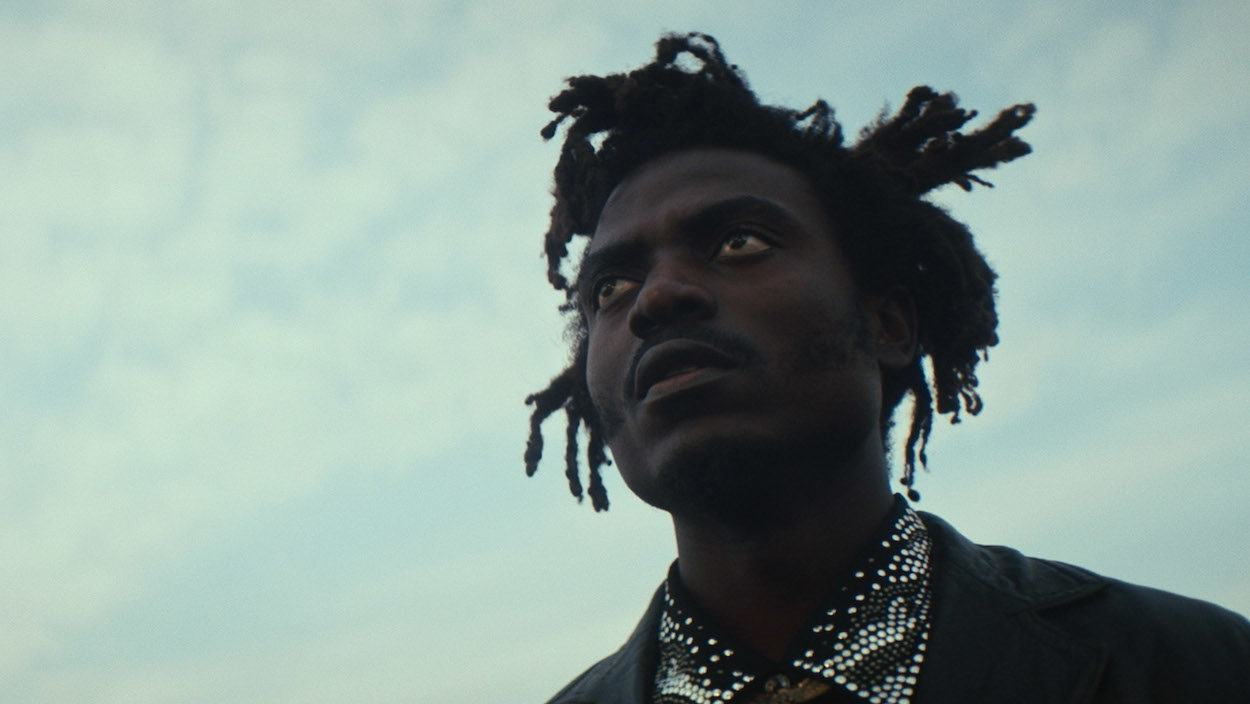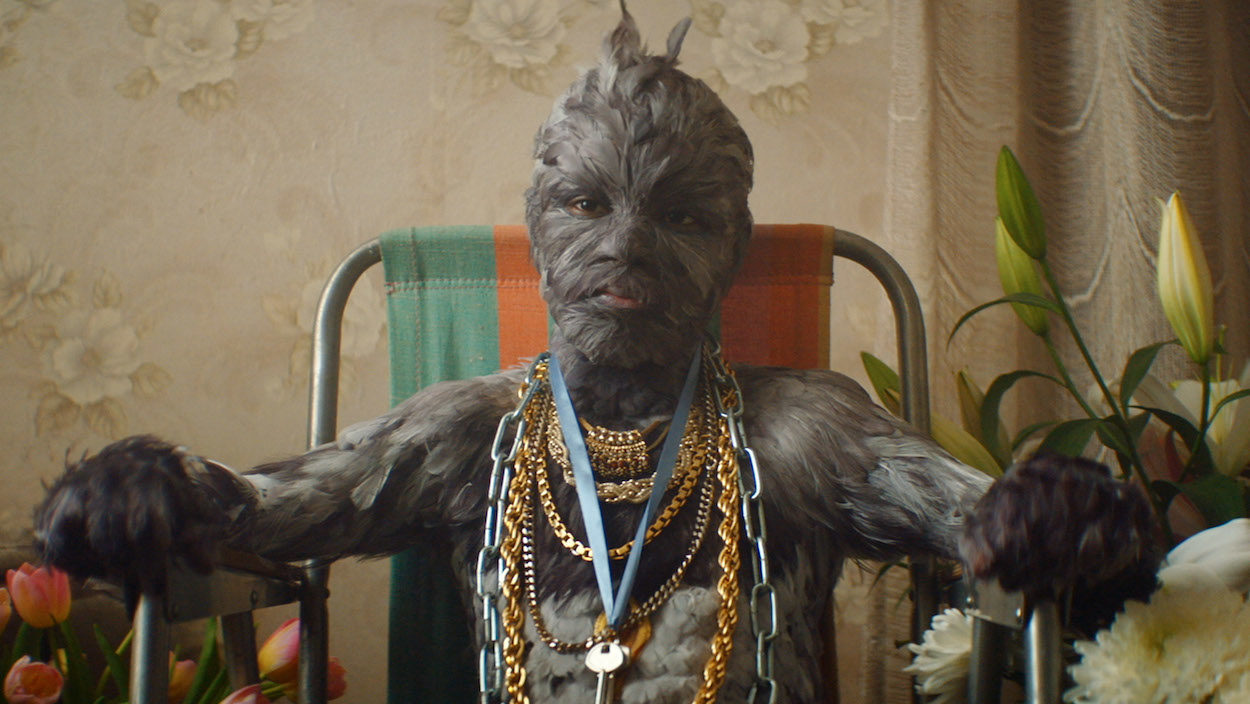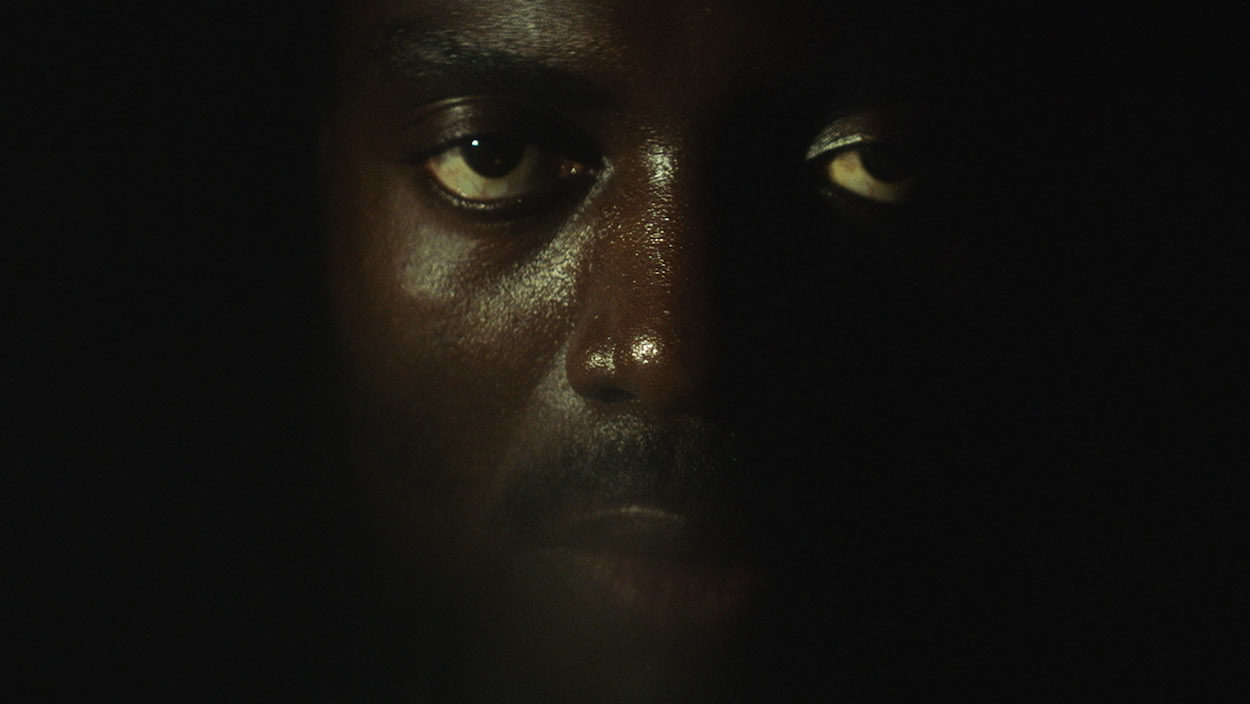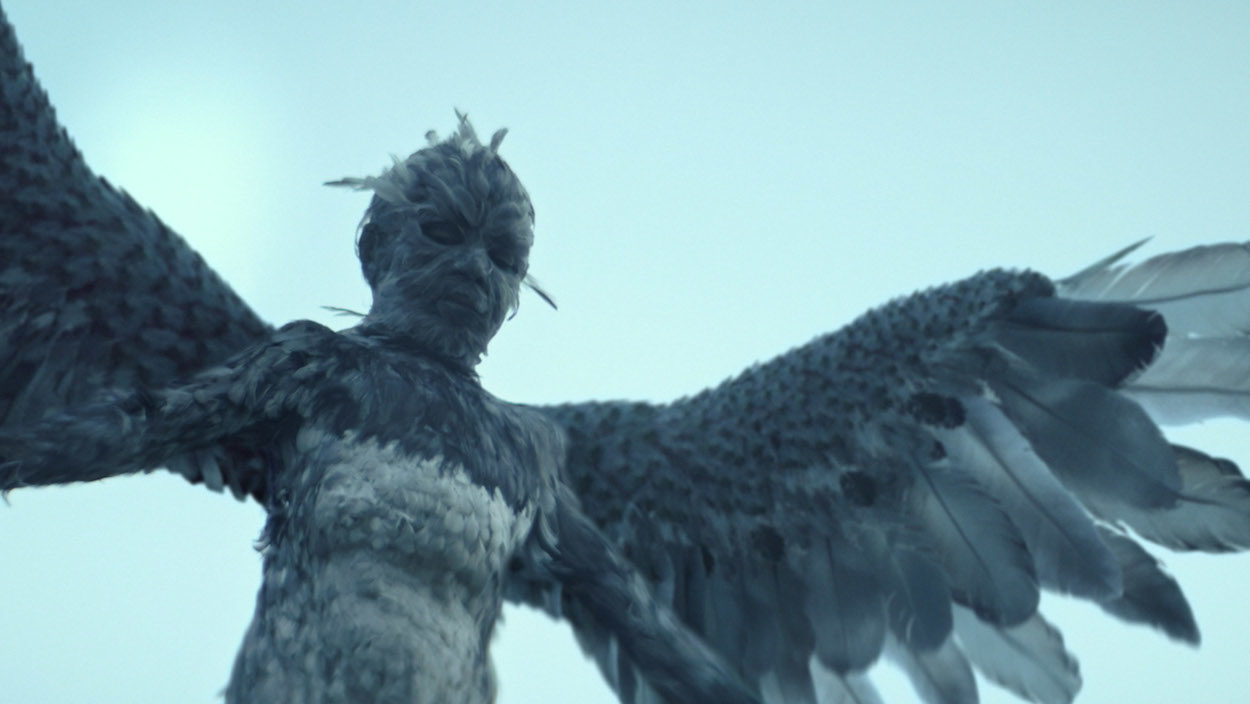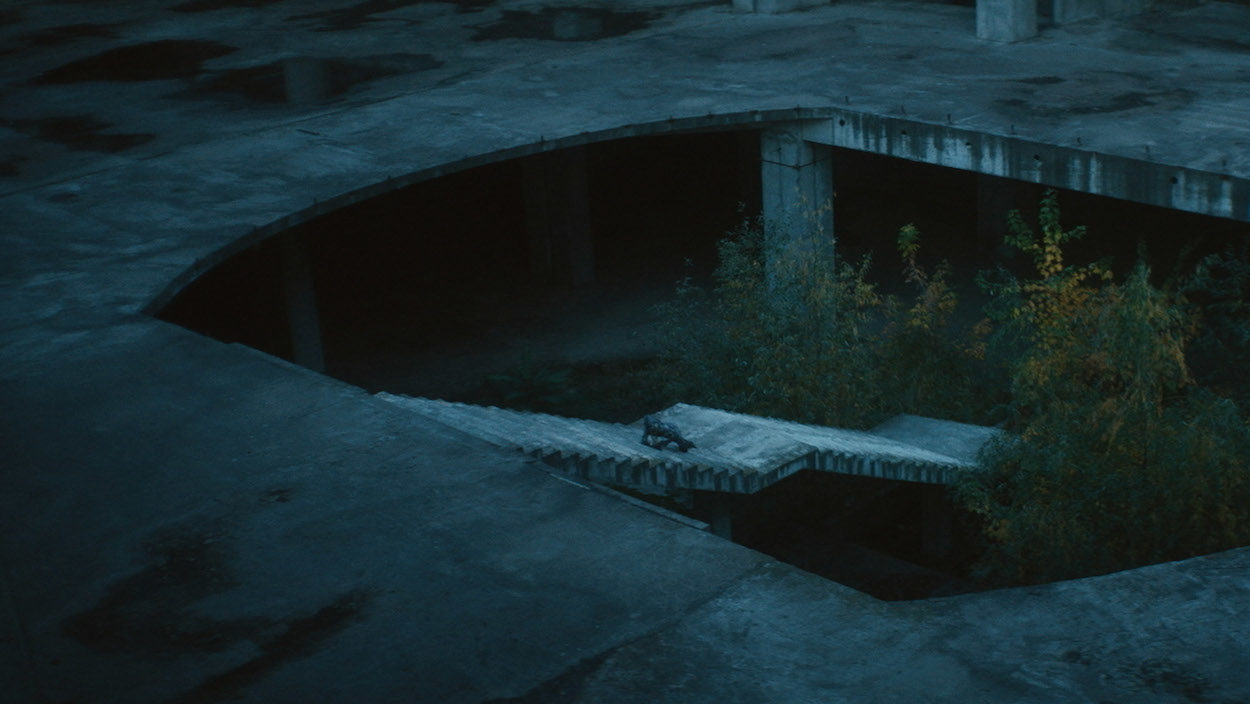Your video is full of darkness and hope / darkness and light, all intertwined. It’s a beautiful story – who wrote it and how did it evolve? Did the lyrics trigger the script?
Labrinth came up with the idea of a boy selling his imagination for something to a mysterious man. The first thing to do was to find out what he would trade for his imagination. I thought he could dream of flying, but I wasn’t entirely convinced when Jules de Chateleux, my producer at Division, brought me the idea of the bird. It triggered everything. We talked about it a lot and when we were sure it would work visually, I started writing a script.
Please tell us about those close-ups – the fluid transitions between the two main characters. They seem intrinsically linked to the point that at first I thought they were the same person and memories of his early years. And then THAT happens. Can you tell us a little more about the narrative process?
It was intentional to connect the two characters in this way, but it was really when we put it together that we realized that it would create a false trail for a few seconds. We had the choice of keeping it that way or specifying from the beginning that they are two different characters. On this one, we wanted to let the artist choose what was most important to him.
Was everything nailed down in pre-production or did the film evolve considerably during shooting and editing?
I worked hard on a pre-production shooting list and creative briefs for every department. The film was already there shot by shot. Thanks to Division and Family, the Ukrainian services company, we were able to do exactly what was written. We had some good surprises though: distribution, locations and weather!
Your style through this video – and other projects – is gripping and visceral…
I intended to create a narrative and visual emotion at the same time. That’s why I took time to think what could be the most iconic and poetic shots that would create emotion while advancing the story. I was helped by Adolpho Veloso who did a fantastic job as DP. Most of the time, the style I choose comes from the music. For example, I couldn’t imagine anything narrative for the video I did for Tshegue. It had to be conceptual and performance-oriented. Even if I try to include as many personal things as possible, I know that I am there to visually translate an emotion or message that already exists.
